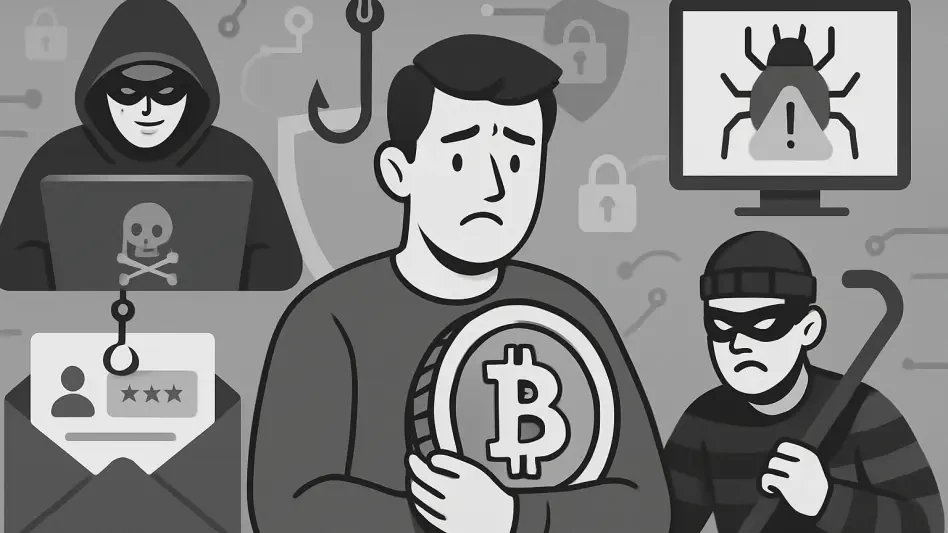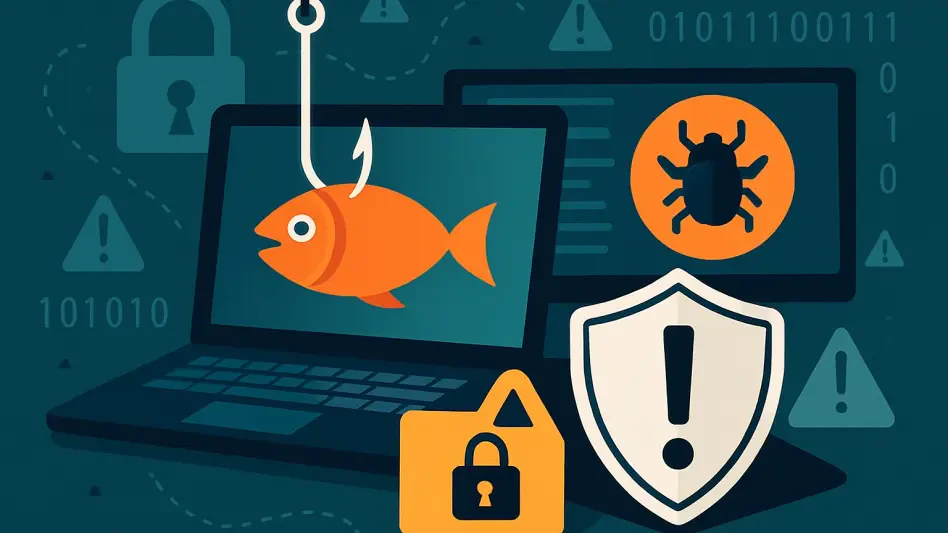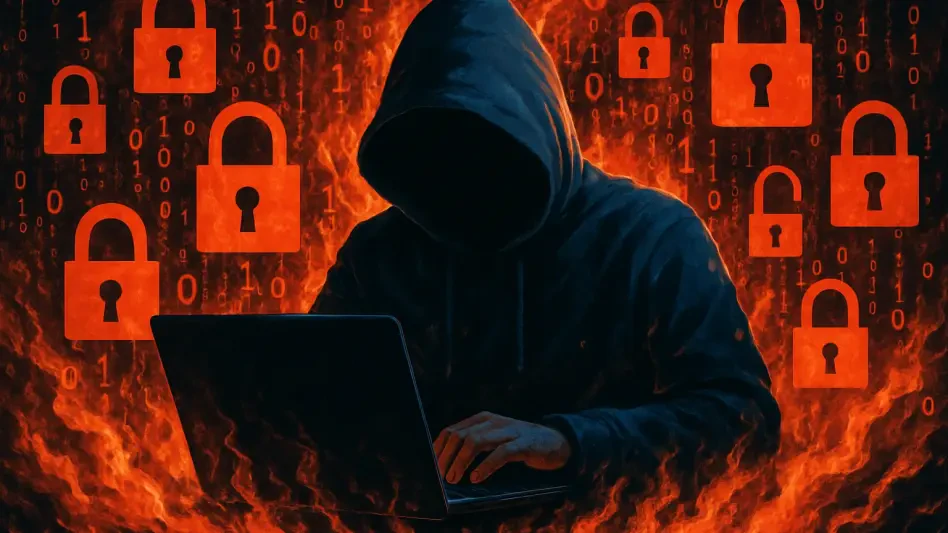As cryptocurrencies such as Bitcoin reach unprecedented values, surpassing $100,000, concerns surrounding the security of their holders have escalated. While digital threats like hacking have long been a focus, the rise in physical attacks targeting crypto enthusiasts is now a growing concern. The first half of 2025 has seen kidnapping incidents targeting cryptocurrency holders surpassing the entire total of the previous year. This alarming trend is partly fueled by the exploitation of leaked identities on the dark web from major cryptocurrency exchanges, illustrating a dire need for improved protection and preparedness for these individuals.
Factors Contributing to Increased Risk
Impact of Data Leaks on Crypto Holder Safety
Data leaks from popular cryptocurrency exchanges such as Gemini and Coinbase have exposed the personal information of countless users. This has made crypto holders more vulnerable to physical threats such as kidnappings. Once criminals obtain this data, they are equipped with the knowledge to track potential targets and exploit perceived wealth for ransom. The anonymity and decentralized nature of the cryptocurrency world, once considered a strength, now pose additional challenges in countering these threats. Additionally, publicized wealth and security assets advertised by crypto enthusiasts further exacerbate their exposure to criminal activities.
The accessibility of this leaked data has caused kidnappers to shift their focus from digital to physical attacks, such as the notorious “wrench attacks.” These coerced attempts involve forcing victims to reveal private keys and wallet credentials. The prevalence of this tactic underlines the complexity and severity of this evolving threat landscape, demanding that crypto holders go beyond digital security measures to ensure their personal safety. The growing number of incidents underscores the urgency to adapt and enhance security strategies to encompass both digital and physical threat vectors.
Geographic Exposure and Vulnerability Factors
Certain regions have emerged as particularly dangerous for crypto-related kidnappings, primarily due to heightened wealth perceptions and population density. Notably, Hong Kong and the UAE top the list when adjusted by population. These areas, combined with the prevalence of high-profile individuals actively involved in the crypto community, amplify potential risks. While well-known public figures engaging in crypto discussions are certainly attractive targets, family members and close associates are also at risk, and their vulnerability is frequently underestimated. The misconception that only celebrities or individuals with a significant following face these threats has contributed to a broader complacency within the community.
This false sense of security, coupled with inadequate protective measures, has provided fertile ground for criminals. The lack of awareness and preparation among cryptocurrency holders stems from an over-reliance on technological advancements and digital safeguards. Consequently, the focus must shift to fostering a comprehensive understanding of emerging risks and implementing holistic security practices to address both digital and physical threats.
Importance of Proactive Measures
Introducing Counter-Kidnapping Training and Technology
To tackle this growing threat, Alena Vranova, co-founder of SatoshiLabs and Trezor, launched Glok to offer counter-kidnapping training and technology solutions. Glok provides a proactive approach by offering a risk review checklist that helps individuals assess their exposure to potential threats and vulnerabilities. The organization emphasizes the importance of adopting habits tailored to personal safety and specific threat levels. Training sessions, which encompass situational awareness and avoidance techniques, are indispensable tools in cultivating preparedness among cryptocurrency holders.
Further, Glok is developing innovative software designed to form a community of “Guardian Angels.” This initiative aims to establish a network of individuals committed to providing immediate assistance and protection in times of crisis. Such collective efforts underscore the necessity for coordinated strategies and resources in addressing threats, reinforcing the notion that a shared responsibility within the crypto ecosystem is essential for fostering a secure environment for all stakeholders.
Reevaluating Security Strategies in the Crypto Space
The staggering increase in physical attacks necessitates a reevaluation of existing security strategies. Awareness alone is insufficient; proactive measures must be taken to safeguard crypto holders from complicated emerging threats. The integration of tailored training, technology, and community networks is vital in developing a robust security framework. These resources empower individuals to respond effectively and promptly to potential dangers. The apparent underpreparedness among Bitcoin holders, stemming from an overconfidence in digital security tools, highlights the need to recalibrate safety standards.
New protocols should focus on tangible measures that incorporate both digital and physical safeguards. The transformation of security norms should prioritize a seamless amalgamation of awareness, preparation, and adaptation to the ever-evolving threat landscape. By transforming the culture surrounding crypto experience, the community can ensure a fortified environment that bridges the gap between technological advancements and physical safety.
Looking to the Future of Crypto Security
As the value of cryptocurrencies, like Bitcoin, reaches unprecedented heights, exceeding $100,000, security concerns for their holders have significantly escalated. Traditionally, digital threats such as hacking have been a primary focus; however, a surge in physical attack incidents on crypto enthusiasts has recently become a pressing issue. In the first half of 2025, reported kidnapping cases targeting cryptocurrency holders have already surpassed the entire total from the previous year. This disturbing trend is partially driven by the misuse of leaked personal information from major cryptocurrency exchanges, which finds its way onto the dark web. The exploitation of these data breaches illustrates an urgent need for enhanced protection and readiness for individuals who hold digital currencies. As this new wave of crime places crypto owners in jeopardy, both individuals and exchanges must prioritize safeguarding their identities and assets against both digital and physical threats to prevent further incidents in the future.








